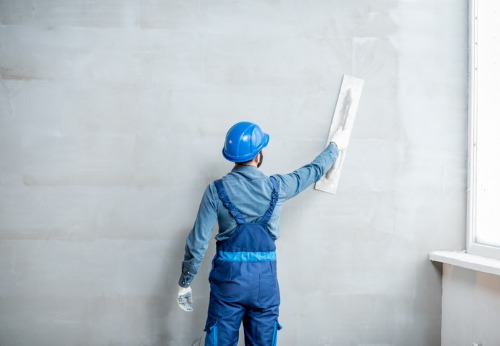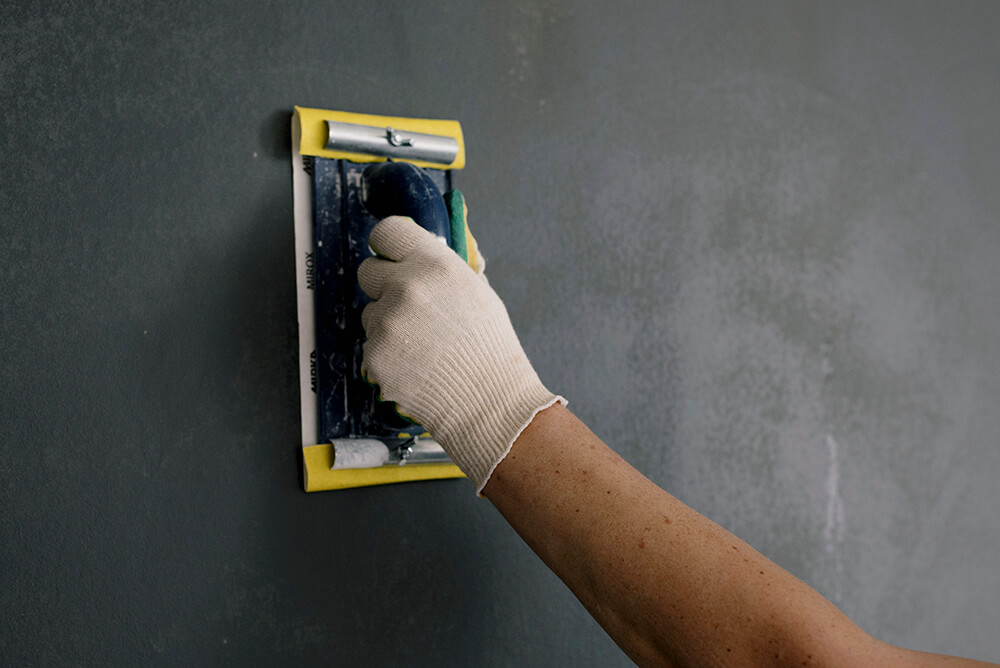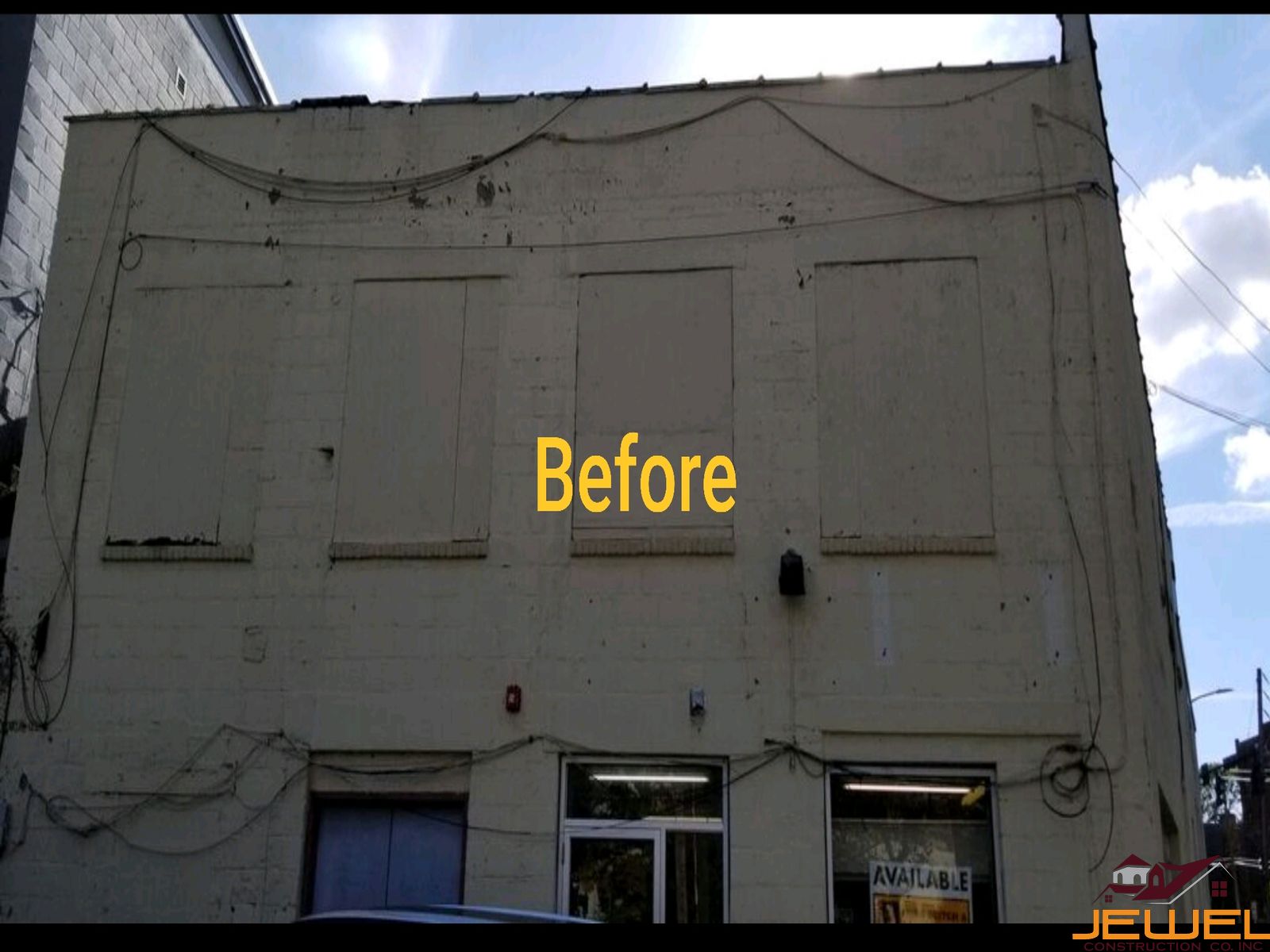Change Your Area with the Help of a Relied On Stucco Contractor
Change Your Area with the Help of a Relied On Stucco Contractor
Blog Article
A Comprehensive Guide to Stucco Repair Work Methods
Stucco, a popular option for exterior surfaces, can be subject to various types of damages that compromise both its visual appeal and architectural honesty. Comprehending the subtleties of stucco repair work is crucial for specialists and homeowners alike, especially in recognizing the type of damage and picking appropriate repair service strategies.
Understanding Stucco Damage
Determining stucco damages is crucial for maintaining the stability of a structure's outside. Stucco, a preferred choice for its toughness and visual appeal, can suffer from different kinds of damages due to ecological variables, bad installment, or age. Usual concerns consist of splits, water intrusion, and staining, each indicating underlying problems that require immediate attention.
Fractures in stucco can happen for several reasons, such as settling of the structure or thermal development and tightening. If left unaddressed, these cracks might appear minor initially yet can lead to substantial water seepage. Water damages, typically materialized as mold or rot, can compromise the structural integrity of wall surfaces and cause expensive repair work.
Staining or staining on stucco surface areas can signal wetness problems or the existence of algae and mildew. Comprehending the various types of stucco damages and their ramifications is essential for residential property owners, making sure prompt repair work and maintaining the building's worth and safety and security.

Tools and Materials Needed
When beginning on a stucco repair work job, having the right tools and materials available is necessary to make sure an effective result. Secret tools include a trowel, which is vital for applying and smoothing stucco; a hawk to hold the stucco while working; and a margin trowel for accuracy in limited locations. A mixing paddle connected to a drill will certainly aid attain a constant stucco mix, while a sponge or brush is needed for completing touches and texture.
In terms of products, the key element is the stucco mix itself, offered in pre-mixed bags or as individual components of lime, sand, and concrete. If the repair service includes a particular shade or appearance, a shade additive or textured coating might likewise be needed. In addition, a bonding representative can enhance attachment between layers. Safety tools, including handwear covers, safety glasses, and a dust mask, is essential to secure against unsafe dust and debris. Lastly, a ground cloth or plastic sheeting will certainly assist protect bordering locations from stains or spills. Having these products and tools prepared will simplify the repair work procedure and contribute to a professional-looking result.
Step-by-Step Repair Work Strategies
Efficiently repairing stucco requires a methodical strategy to ensure longevity and visual appeal. Begin by evaluating the degree of the damage. Determine splits, openings, or locations of delamination, and note them for repair. Next, prepare the surface by eliminating any type of loosened or falling apart stucco making use of a wire or chisel brush. This action is crucial for accomplishing a strong bond with the brand-new product.
Once the area is prepped, clean the surface with water to eliminate dust and debris. For small splits, load them with a premium stucco patching compound using a putty blade, making certain to smooth it out for a smooth coating. For bigger holes, apply a bonding representative to the sides before using a stucco mix to load deep space, layering it slowly.
After the repair work material has actually healed, utilize a trowel to match the structure of the surrounding stucco. Allow the repaired location to dry totally before using a coat of primer and paint, if wanted, to make certain uniformity. Following these steps will lead to a sturdy and visually attractive repair service that blends sympathetically with the original framework.
Typical Errors to Avoid

One more common pitfall is using the incorrect mix proportions. Following producer specs for mixing stucco is essential; improper ratios can damage the end product. Furthermore, rushing the healing process can endanger the honesty of the repair service. Enable sufficient time for each layer to heal prior to using extra layers.
Not matching the texture and shade of existing stucco is another oversight that can result in an unpleasant repair work - stucco contractor. It is very important to perform thorough research on the initial texture, employing comparable methods to achieve a seamless coating
Last but not least, disregarding weather conditions throughout application can result in poor end results. Stay clear of operating in severe temperatures or during damp weather condition, which can adversely impact drying and healing times. By guiding clear of these common errors, you can make sure a more durable and effective stucco fixing.
Maintenance Tips for Long Life
 To ensure the durability of your stucco repair services, normal maintenance is important. Begin by checking the stucco surface area a minimum of twice a year for any type of indicators of damages, such as splits or discoloration. Quickly address any type of issues to stop additional deterioration.
To ensure the durability of your stucco repair services, normal maintenance is important. Begin by checking the stucco surface area a minimum of twice a year for any type of indicators of damages, such as splits or discoloration. Quickly address any type of issues to stop additional deterioration.Furthermore, keep sufficient water drainage around the foundation to stop dampness build-up, which can lead to mold and structural damage. Ensure rain gutters and downspouts are working appropriately, guiding water far from the stucco surface area.

Finally, take into consideration applying a safety sealant every couple of years. This will improve the stucco's resistance to moisture and UV deterioration, more prolonging its life-span.
Final Thought
In verdict, efficient stucco fixing techniques are vital for keeping building stability and aesthetics. Furthermore, normal maintenance, consisting of inspections and visit the website cleaning, plays an important function in lengthening the life expectancy of stucco.
Understanding the nuances of stucco fixing is important for specialists and property owners alike, especially in identifying the type of damages and selecting appropriate repair work techniques. Comprehending the numerous types of find stucco damage and their ramifications is vital for property proprietors, ensuring timely repairs and protecting the building's value and security.When embarking on a stucco repair work project, having the right devices and materials on hand is crucial to make certain an effective result. Key devices consist of a trowel, which is important for using and smoothing stucco; a hawk to hold the stucco while functioning; and a margin trowel for accuracy in tight locations.To ensure the long life of your stucco repair work, regular upkeep is important.
Report this page